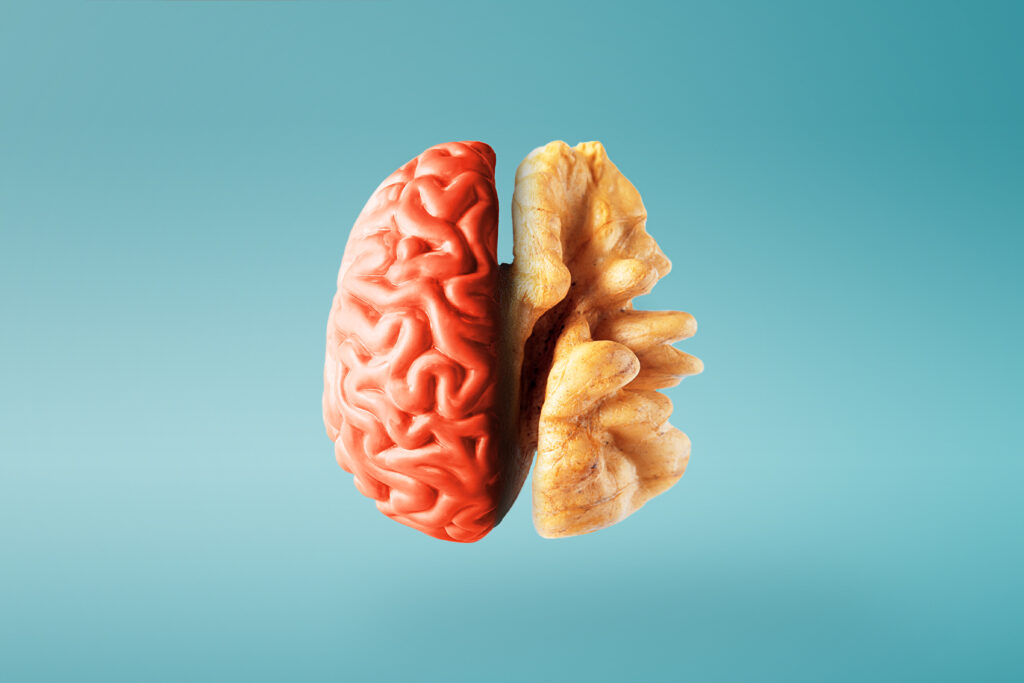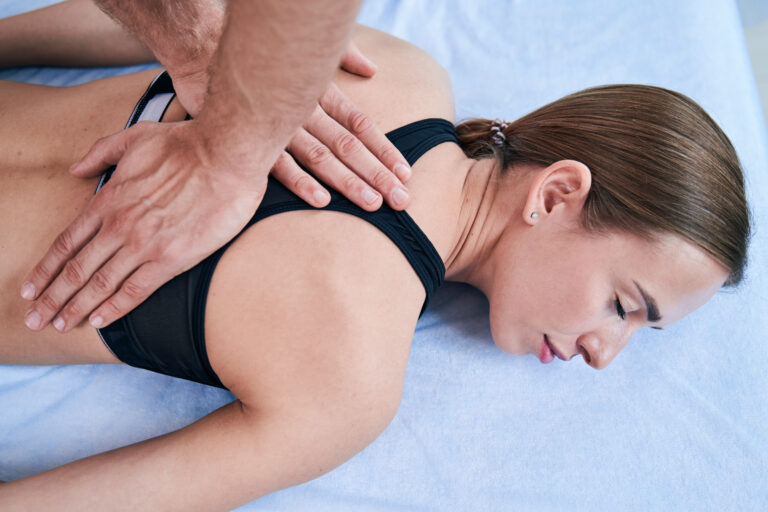Hormonal Headaches: Finding Relief with Chiropractic Care in Kanata

Are you a woman who regularly grapples with headaches linked to hormonal changes?
You’re not alone. These headaches can be incredibly debilitating and disrupt daily life. The good news is that relief is possible. In this blog post, we’ll explore how chiropractic care offers an effective, holistic, and evidence-based approach to treating hormonal headaches.
Understanding Hormonal Headaches
Hormonal headaches are primarily associated with fluctuations in estrogen levels, often occurring during menstruation, pregnancy, perimenopause, and menopause. They frequently have a pulsatile quality, last for about one day, are unilateral (on one side), are associated with nausea, and can be disabling. The arrival can be between two days before the onset of menses to the third day of menstrual bleeding.
Your gut can play a big role in these types of headaches. The microbacterial culture within the gut has a powerful connection to the brain called the enteric nervous system or the gut-brain axis. Changes within the bacteria of the gut can influence the levels of estrogen, which has actions involved with other hormones (serotonin and glutamate) that play an important role in triggering the inflammatory process. These hormones have also been associated with conditions such as Crohn’s disease and colitis, further supporting the gut-brain connection.

Why is this gut-brain axis reaction with serotonin-mediated inflammation important? Studies that have looked at the changes in the gut bacteria suggest that a specific bacteria called Helicobacter pylori (HP) is present in higher concentrations among migraine sufferers. Although it’s not 100%, they believe the immune, inflammatory, and vascular changes in the gut may be responsible for the increase in HP. The ability to control the level of HP is thought to result in headache/migraine relief. However, more research is needed to confirm this link.
The Chiropractic Approach

Imagine your spine, specifically the part in your upper and lower back called the thoracic and lumbar spine. These parts are like a bridge that connects to your digestive system, which controls how your stomach and intestines work. This digestive system has its own little brain called the enteric nervous system. Now, your spine and this “second brain” communicate and affect each other. If something goes wrong in your upper back, like the thoracic facet joints not working properly, it can mess up the messages going to your digestive system. This might lead to stomach problems or changes in how your gut works. Some people try chiropractic care to help with these issues and get great results, but we still need more research to fully understand how it all works and satisfy all parties.
Furthermore, dietary strategies that aim to alter the gut bacteria show some promise in addressing migraine symptoms. For instance, the use of mineralized salts, broccoli sprouts, cranberry juice, essential oils of spices (e.g. cloves, and blackcurrant), and some probiotic formulations for the treatment of HP infection have the greatest evidence of support.
To gain the greatest perspective on dealing with headaches brought on by hormones, having opinions from other healthcare providers is essential. Naturopathic doctors, holistic nutritionists, and endocrinologists can provide tremendous insight to navigate your hormones. There is never just one professional that has all the answers. Often, a team approach with multiple focuses can yield the best patient results. Be sure to ask if your chiropractor has someone in their network.
Dr. Turner’s approach to hormonal headaches:
- Sleep – 8-9 hours on proper pillow to keep you in a neutral position.
- Back sleeping – use a pillow small enough to support the curve of your neck.
- Side-sleeping – use a pillow thick and dense enough to support the weight of the head.
- Don’t sleep on your stomach.
- Sleep aids: California Poppy, magnesium
- Exercise – Iron Neck – reduce the tension and strengthen the muscles of the neck against resistance. Cardiovascular exercise for a minimum of 30 minutes with a heart rate above 128 bpm.
- Cold Plunge/Shower – 3-6 minutes submerged in cold water to to reduce upper body inflammation.
- Spinal Adjustments – treatment to the top of the neck and base of the lower back to take away the interference on the blood supply and nerve supply to the brain and pelvic region.
- Cranial Acupressure (C.A.T.S.) – Treatment to the coronal, sphenoid, and lambdoid sutures to reduce the intra-cranial pressure of the head.
- Soft tissue therapy – Graston blade with topical anti-inflammatory cream (Kalaya) to reduce the tension and nerve entrapment in the muscles of the neck
The Path to Relief
If you’re a woman struggling with hormonal headaches, it’s time to take action. Chiropractic care offers a safe and non-invasive approach to addressing the possible root causes of hormonal headaches. You don’t have to continue suffering month after month. Getting treated the week before your cycle starts can help lessen symptoms during.

To start your journey towards relief, book an appointment with us today. Our dedicated team is ready to provide the care and support you need to regain your quality of life. Don’t let hormonal headaches hold you back any longer – take the first step toward lasting relief and well-being.
References:
Moy G, Gupta V. Menstrual-Related Headache. [Updated 2022 Oct 4]. In: StatPearls [Internet]. Treasure Island (FL): StatPearls Publishing; 2023 Jan-. Available from: https://www.ncbi.nlm.nih.gov/books/NBK557451/
Su J, Zhou XY, Zhang GX. Association between helicobacter pylori infection and migraine: a meta-analysis. World J Gastroenterol 2014; 20(40): 14965–14972.
Fahey JW, Stephenson KK, Wallace AJ. Dietary amelioration of Helicobacter infection. Nutr Res. 2015 Jun;35(6):461-73. doi: 10.1016/j.nutres.2015.03.001. Epub 2015 Mar 6. PMID: 25799054; PMCID: PMC4465045.
